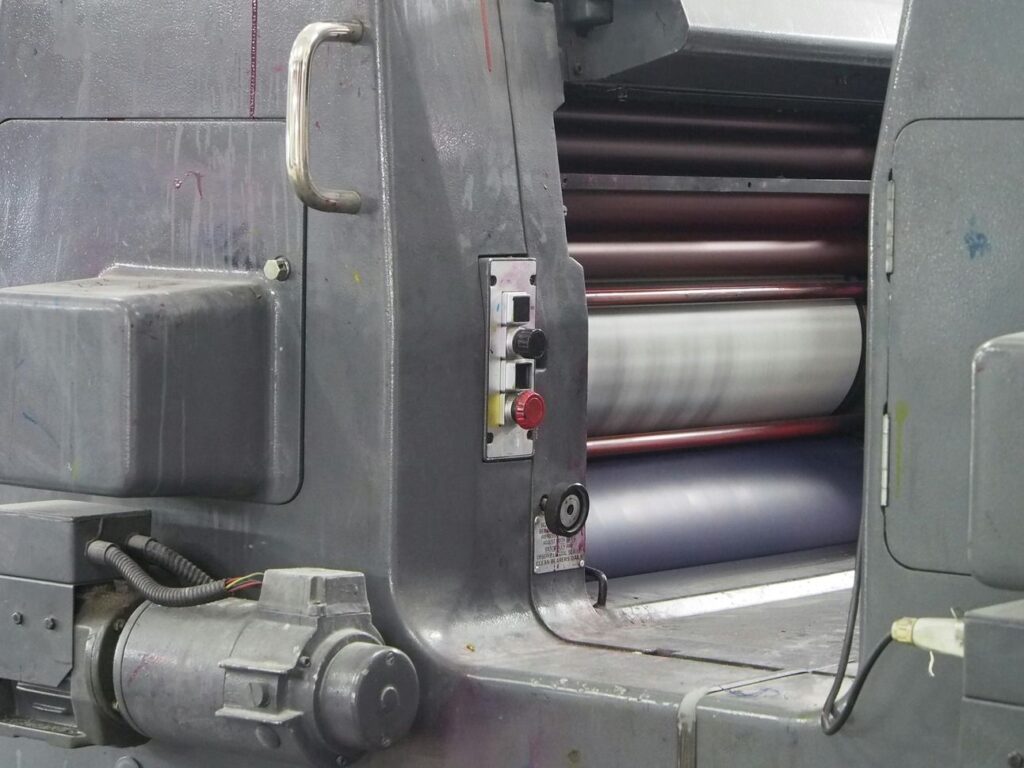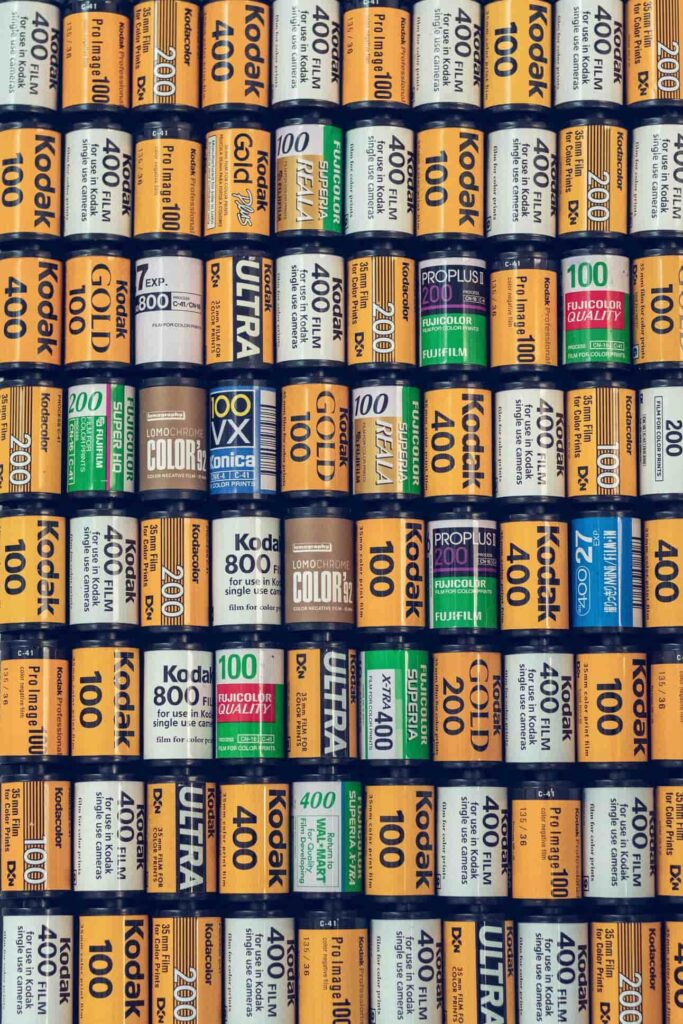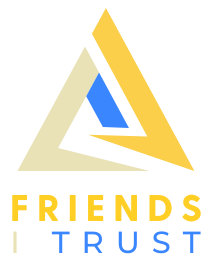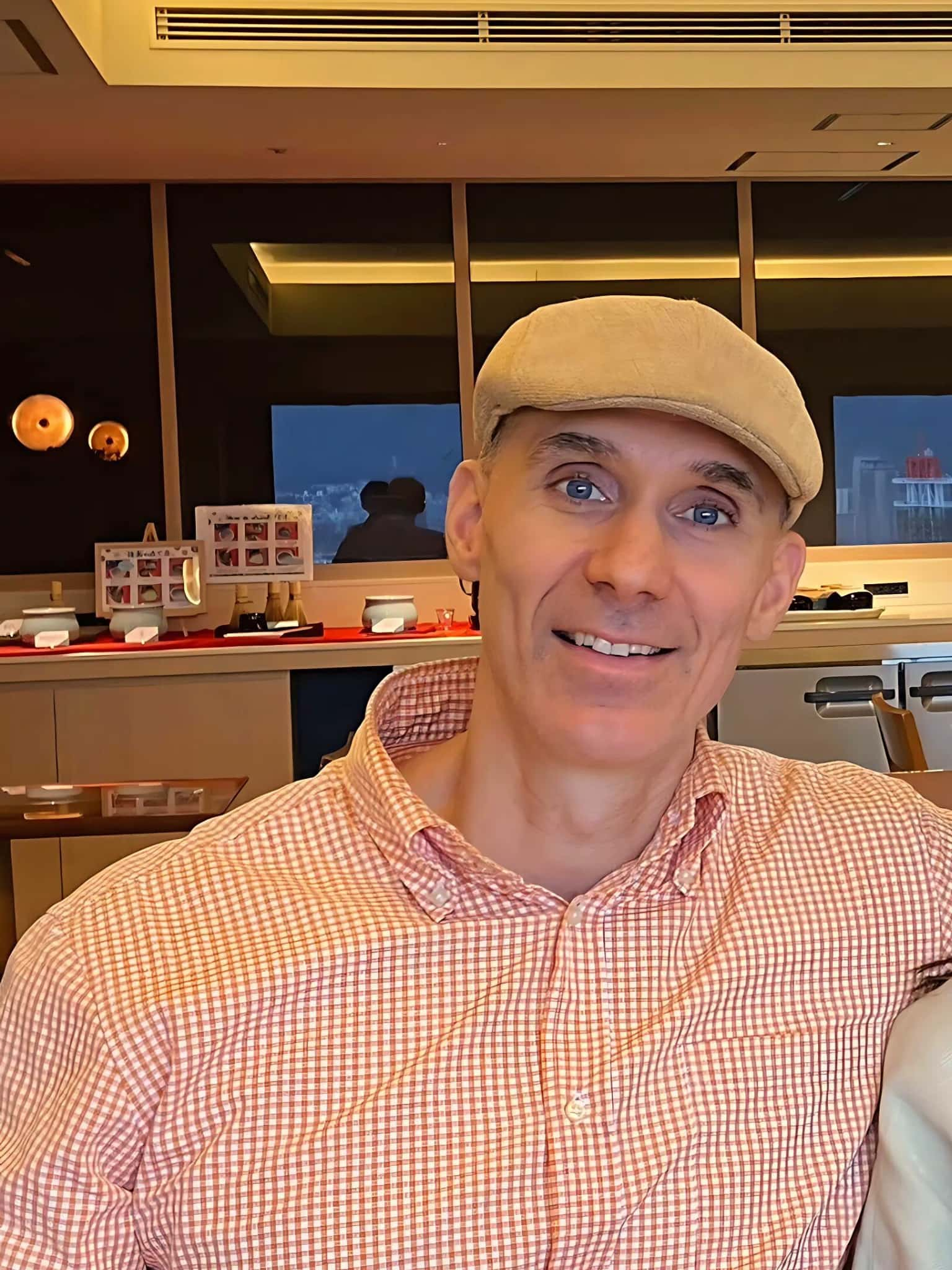Select the right market to keep your business from becoming obsolete
Aged Metal–Driven to Perform
Walking back behind the customer counter of a small print shop in San Diego, the founder’s smile beamed as he showed me the depth and character of his monstrous metal collection.
Not heavy metal bands of the 70’s and 80’s on LPs, but long and loud print production machines worn down by oxidation. The kind that crank out centerfold stitched and stapled glossy magazines seen in waiting rooms around the world.

I was a quota carrying salesman selling copiers in San Diego. If I could sell a production machine, I’d hit my quota for two, maybe three months, which I had to do. What rep doesn’t want to forecast the biggest ticket item sold, during a sales meeting :^)
Capturing & Sharing Memories
However, peering around the corner, my thoughts flashed back to childhood memories at the sight of a yellow and red logo atop a massive metal machine. Do you remember the days of waiting to pick up our film in supermarkets or photo labs?
Memories of cameras complete with rotating cubes and miniature flash bulbs captured our childhood memories. You had to make your shots count in those days because film wasn’t cheap. I bought a lot of film and cubes, along with many Americans.

From Captured Memories to Lost Frames—What Happened?
Kodak hit 10 billion in revenue in 1981. But, for all of that success, Kodak went bankrupt in 2012. What happened to this U.S. company with New York roots?
Many point to the transition from film to digital that Kodak may have missed. But ironically, it was Steve Sasson an engineer at Kodak, [not Japanese competitors,] that invented the first digital camera. Digital photography appeared to knock out old fashioned cameras and the “click and develop” film era was decimated.
Many point to the transition from film to digital that Kodak may have missed. But ironically, it was Steve Sasson an engineer at Kodak, [not Japanese competitors,] that invented the first digital camera. Digital photography appeared to knock out old fashioned cameras and the “click and develop” film era was decimated.
But was Kodak actually in the film market? Should they have pursued the digital camera market? Perhaps neither was the case.
The point is that products come and go. Technologies change all the time. But the job customers are trying to do does not change much. It is stable over time. Why is that? Because customer needs are consistent.
Capture and Share Memories
Tony Ulwick, founder of Strategyn believes Kodak was actually helping people capture and share memories. “Capturing memories that stand the test of time” [12:22 timestamp] was the job that people like us were trying to do.
We still are. At that time digital cameras just happened to do it better than film. Now we do it with smartphones and social media, but the job to be done hasn’t changed.
Had they innovated around that job, their story may have been different. Thus, how we select and define a market has HUGE consequences for our businesses.
What market are you in? What job are your customers trying to do? How can you compare markets to be sure you are pursuing the best one according to your capabilities, skill sets, and resources?
I discovered ODI Pro years ago and have been blown away by the way they pursue Outcome Driven Innovation. Take the first step in your innovation journey with an innovation assessment at https://strategyn.com/innovation-assessment/
Their entire team is FANTASTIC. I don’t earn anything for saying so. But their training and insight is next level!
Invest in your innovation capabilities and know the job your customer is trying to do so you can be seen as the right choice!
Dare to dream again on the F.I.T. Future podcast!

